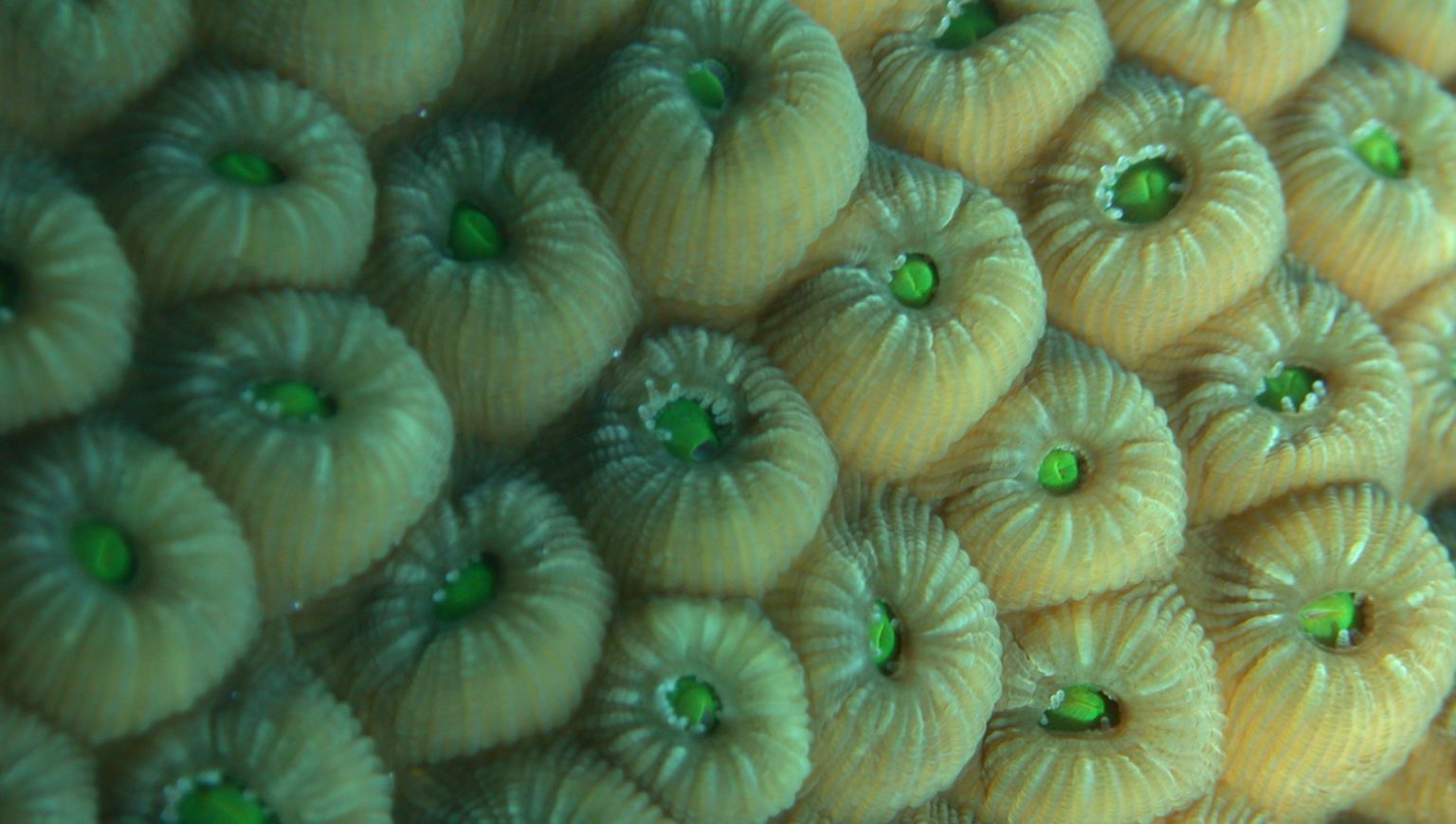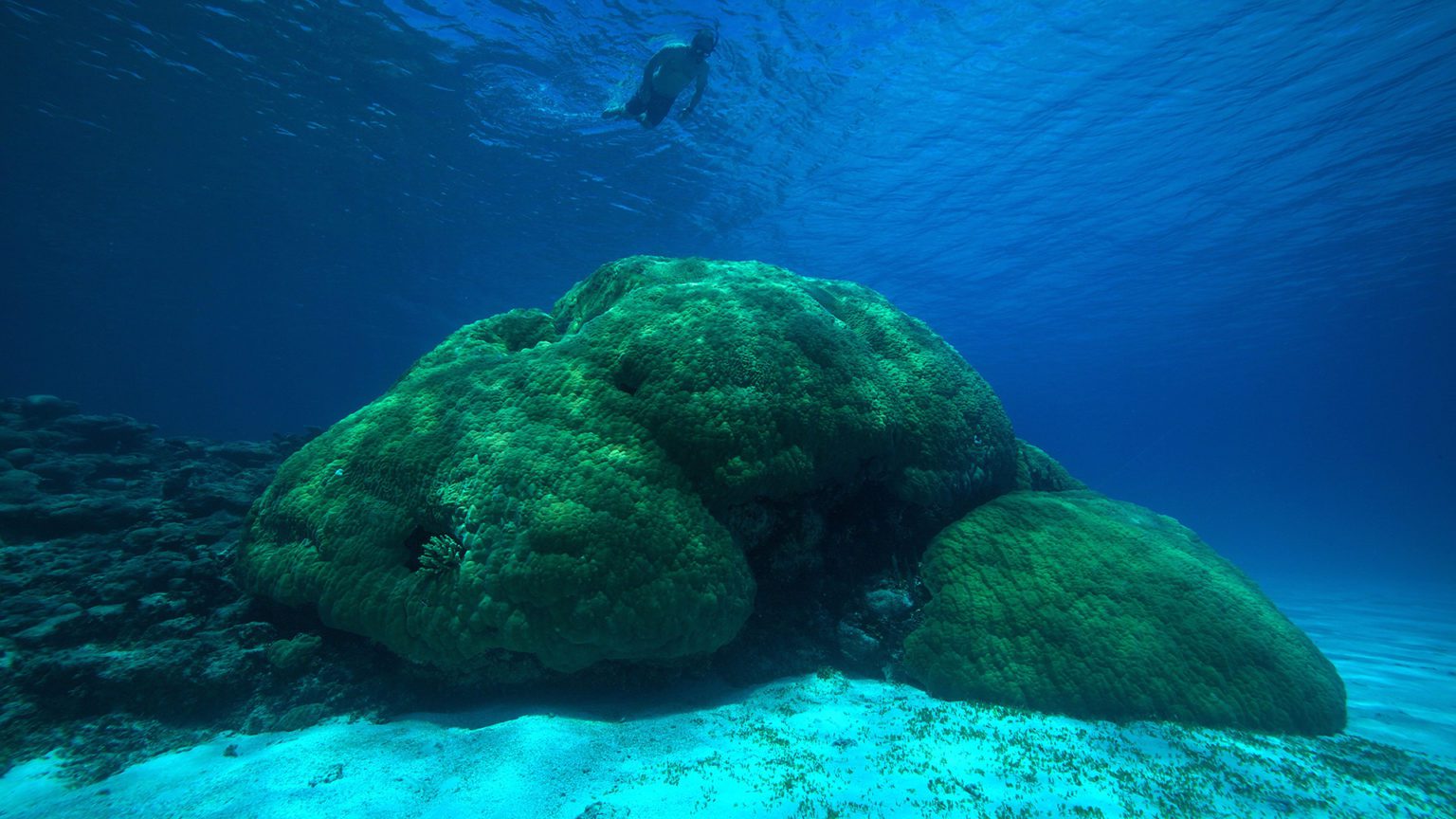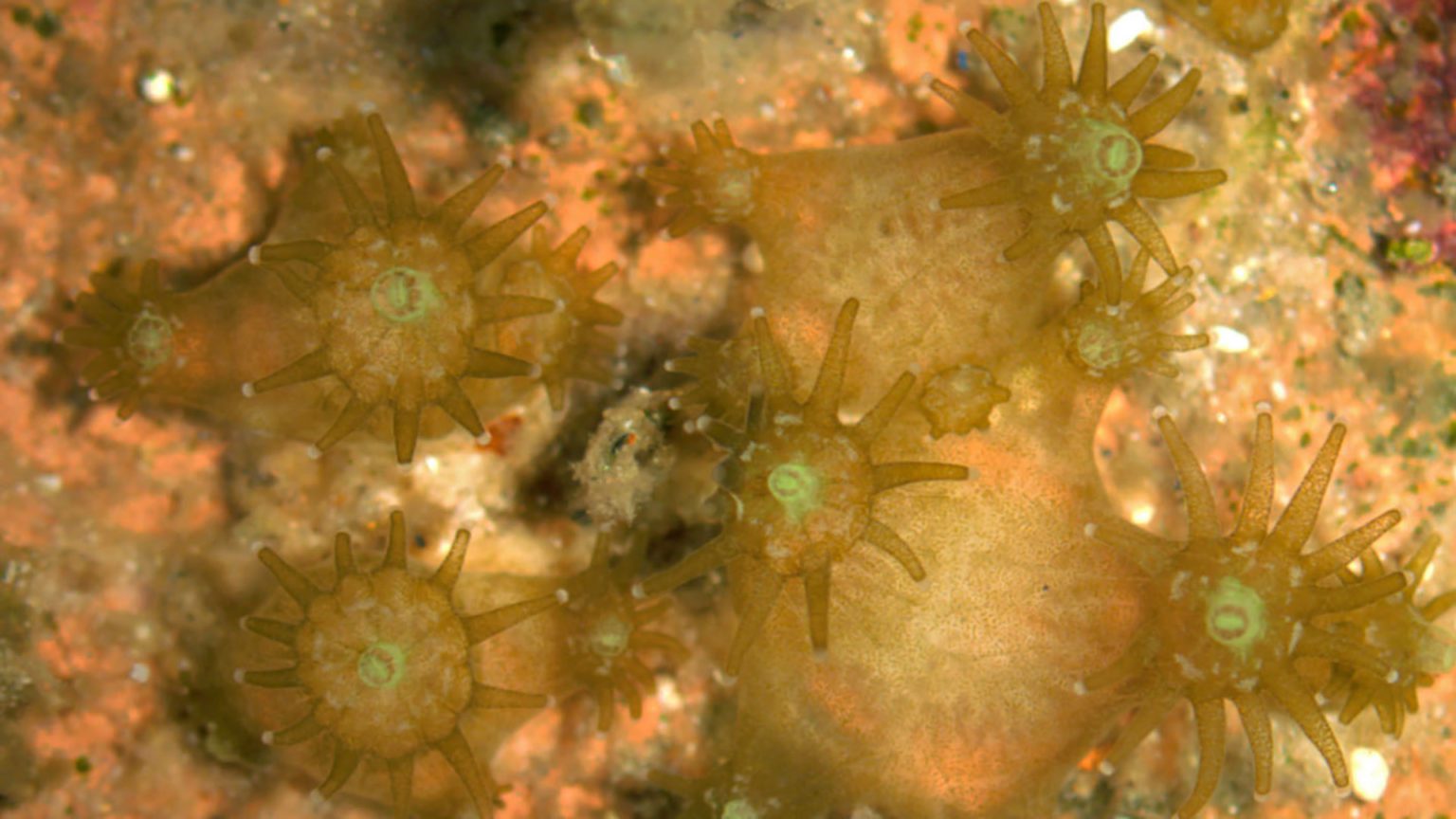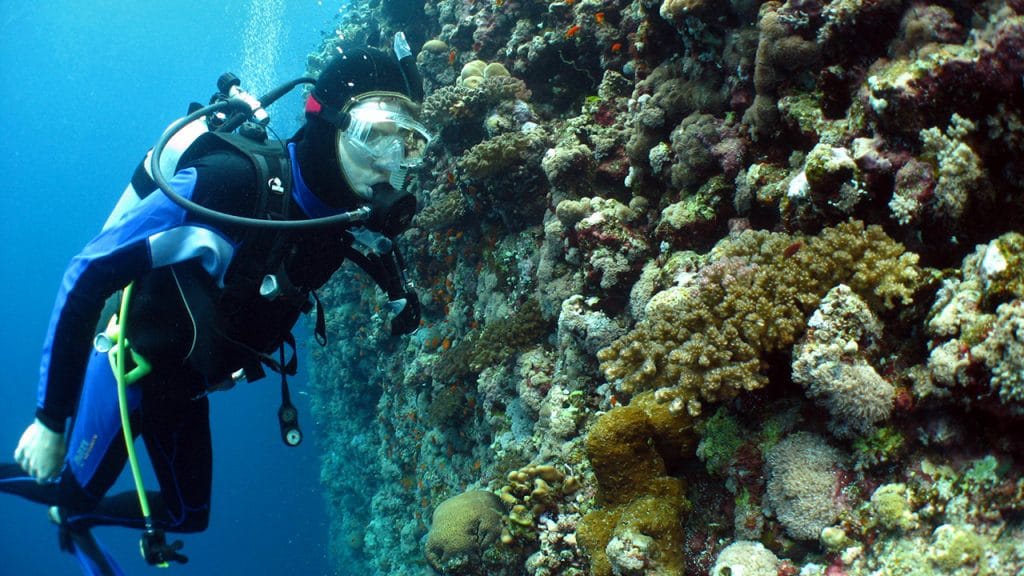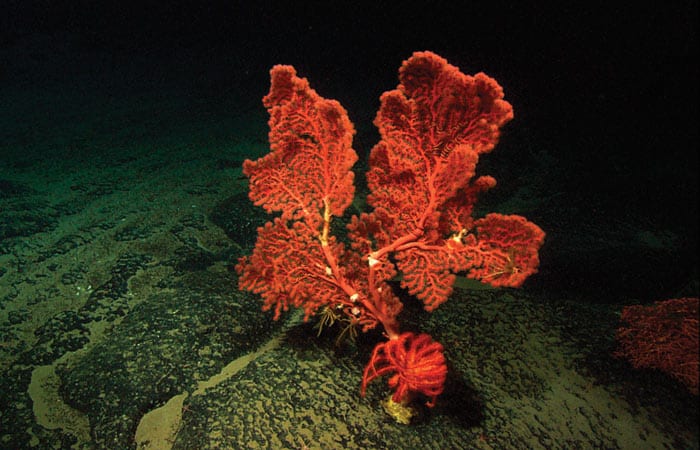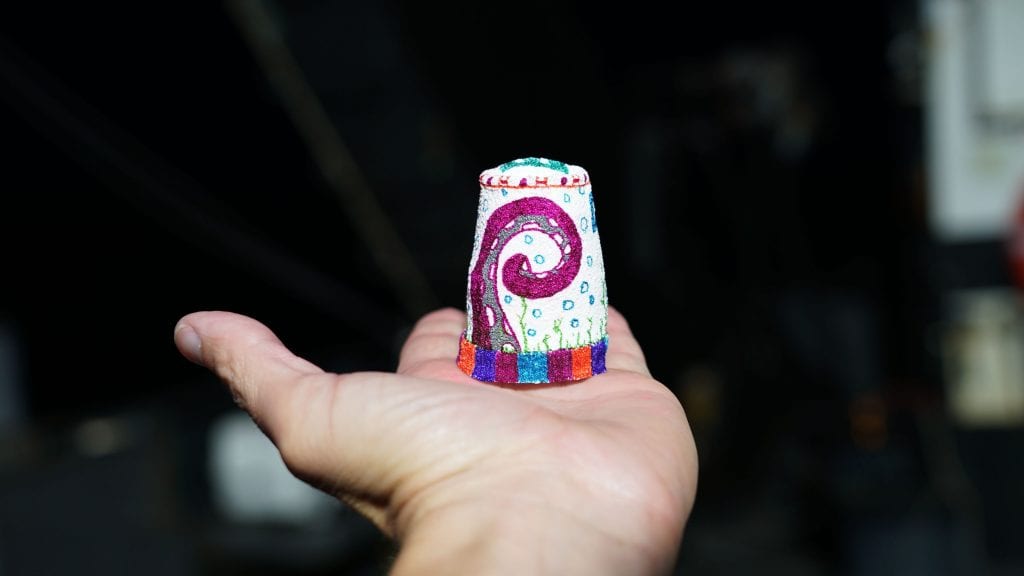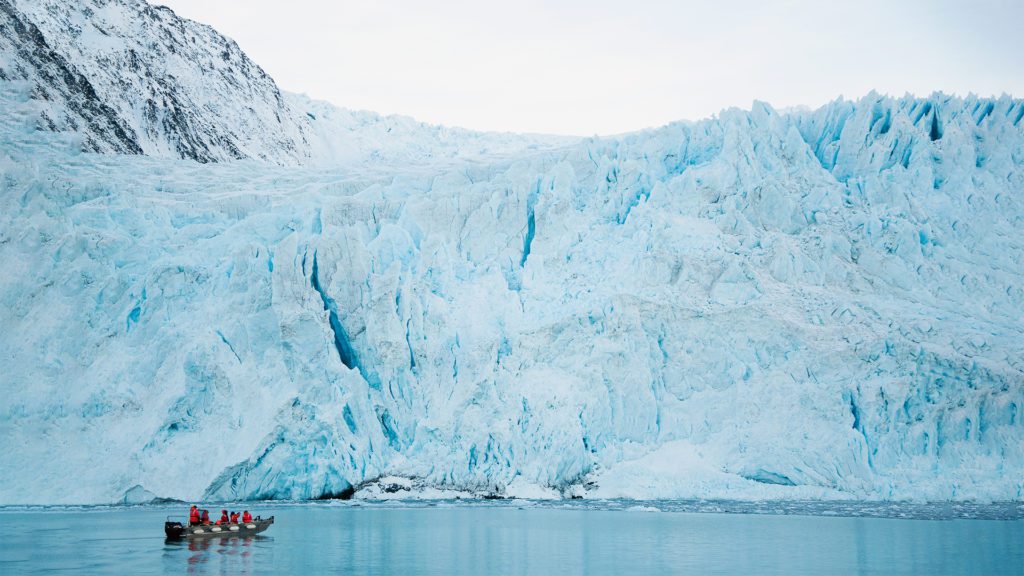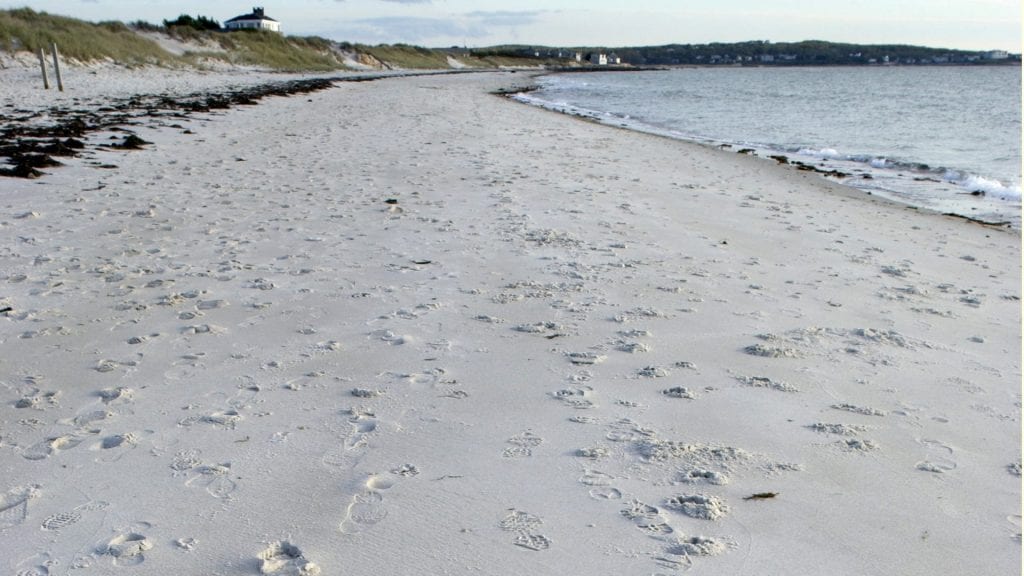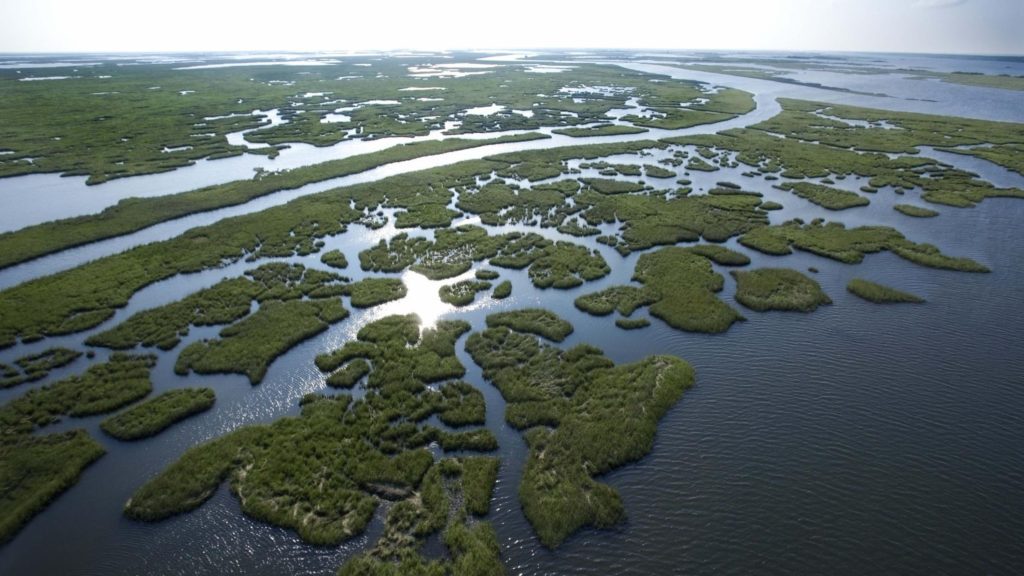If you stare at just one spot on a coral reef, your eyes could be seeing more than 1,000 animals per square foot. That's because the thing that makes up most of these marine ecosystems are tiny living animals called coral polyps, which exist on the surface of reef formations. Hundreds or thousands of identical polyps live together to form a colony. So, how do these tiny creatures build and maintain such large colonies?
A coral’s life begins when mature corals release an egg and sperm into the water around them. These fuse to form a free-swimming larva called a planula, which moves upward toward the water’s surface and is carried by currents. Within hours to days, planulae can swim back down to the ocean floor to find a spot to settle. This settlement process, known as recruitment, is critical for survival. Once the larva settles, it will not be able to relocate.
Planulae choose where to settle based on many factors. One is the composition of the substrate. The planula is looking for a hard bottom layer where it can attach. Many corals prefer to settle on a type of hard algae known as crustose coralline algae (CCA). These algae grow in encrusted formations on the reef and help cement the reef together, and give off chemicals that can signal to the coral to settle. When choosing a spot to settle, coral larvae are strongly attracted to reefs containing CCA. They are also attracted to healthy reefs with a mix of coral types. They avoid degraded reefs, which are dominated by seaweeds, a type of algae.
Once the larva finds a perfect spot to settle, it slowly changes into a polyp. The polyp secretes calcium carbonate, the chalky substance that forms its skeleton. Then the polyp begins to multiply and expand. Once it reaches a certain size, it splits in two, a process known as budding. This continues, producing more polyps and forming a colony.
Once it has settled, the coral must defend itself from other reef inhabitants. Space is at a premium. Neighboring corals may fight each other for dominance. A coral may attack its neighbor with its stinging tentacles. Others may thrust string-like filaments from its stomach into competitors and try to digest them. A fighting hierarchy exists among different coral species. The better fighter usually gets to occupy more space on the reef.
But two corals can also peacefully co-exist. If a coral recognizes that a neighboring coral has a similar genotype, or genetic makeup, the two can join forces, fusing and growing together.
Coral must also compete with seaweeds in the reef, which can outcompete and kill them. When these algae encroach on coral territory, they may respond by trying to overgrow the algae. Or they may evade these marine plants by growing in a different direction altogether.
Fish can sometimes aid corals in this battle against seaweed. Some fish graze on algae, keeping their growth in check. Coral can even encourage this grazing behavior. When a seaweed elbows into its space, a branching coral can release chemicals into the water. These chemicals cue fish to graze on the algae. This relationship is called mutualism and it benefits the fish as well as the coral. The fish benefit because branching corals provide a refuge where they can hide. These fish-coral associations promote the growth of coral colonies and favor healthy reef ecosystems.
This freckled hawkfish, also known as a blackside hawkfish (Paracirrhites fosteri), perches itself on a patch of stony coral polyps (Pocilllopora) in the Pacific, hoping to snatch a passing meal. (Video courtesy of Anne Cohen, © Woods Hole Oceanographic Institution)
RELATED VIDEO
LEARN MORE
Deep-sea Corals
When most people think of corals, they think of the Great Barrier Reef off Australia, but deep in the ocean much smaller coral formations lie past the point where light penetrates.
"Are Corals Plants, Animals, or Rocks?" WHOI. whoi.edu/know-your-ocean/did-you-know/are-corals-plants-animals-or-rocks/. Accessed February 1, 2022.
Brandt, Marilyn. Personal interview. 31 January 2022.
Brown, Anya. Personal interview. 1 February 2022.
"Coral Life Cycle." Hawaii Department of Land and Natural Resources. dlnr.hawaii.gov/marine30x30/coral-life-cycle/. Accessed February 1, 2022.
"Corals Tutorial." NOAA. oceanservice.noaa.gov/education/tutorial_corals/. Accessed February 1, 2022.
"Crustose Coralline Algae." Hawaii Department of Land and Natural Resources. dlnr.hawaii.gov/marine30x30/crustose-coralline-algae/. Accessed February 1, 2022.
Dixson, D. L. and M. E. Hay. “Corals Chemically Cue Mutualistic Fishes to Remove Competing Seaweeds.” Science, vol. 338, no. 6108, 2012, science.org/doi/10.1126/science.1225748.
Dixson, D. L., D. Abrego, and M. E. Hay. “Chemically Mediated Behavior of Recruiting Corals and Fishes: A Tipping Point That May Limit Reef Recovery.” Science, vol. 345, no. 6199, 2014, www.science.org/doi/10.1126/science.1255057.
Gómez-Lemos, L.A., et al. “Coralline algal metabolites induce settlement and mediate the inductive effect of epiphytic microbes on coral larvae.” Scientific Reports vol. 8, no. 17557, 2018, https://doi.org/10.1038/s41598-018-35206-9.
DIVE INTO MORE OCEAN FACTS
Why is pressure different in the ocean?
As anyone who has tried diving to the bottom of a deep pool knows, all that water gets heavy—fast. Extreme pressure is one reason why the ocean floor is still largely unexplored.
Is glacier ice actually rock?
In places where it gets cold and snowy in winter, many meters of snow can fall. In some the following winter, adding a new layer to what was already there. Over hundreds to thousands of years, this process creates big sheets of ice called glaciers.
How is beach sand created?
Beaches can be white, black, green, red and even pink. What creates those different colors? Why is some sand soft and fine, but other types feel rough? Where does beach sand come from, anyway?
Sea level rises when land sinks
People around the world are worried about rising sea levels. Much of this increase comes from melting polar ice and ocean waters that expand as they warm. But along many coastlines, sea level rises much more than we might expect simply from changes in the ocean.

